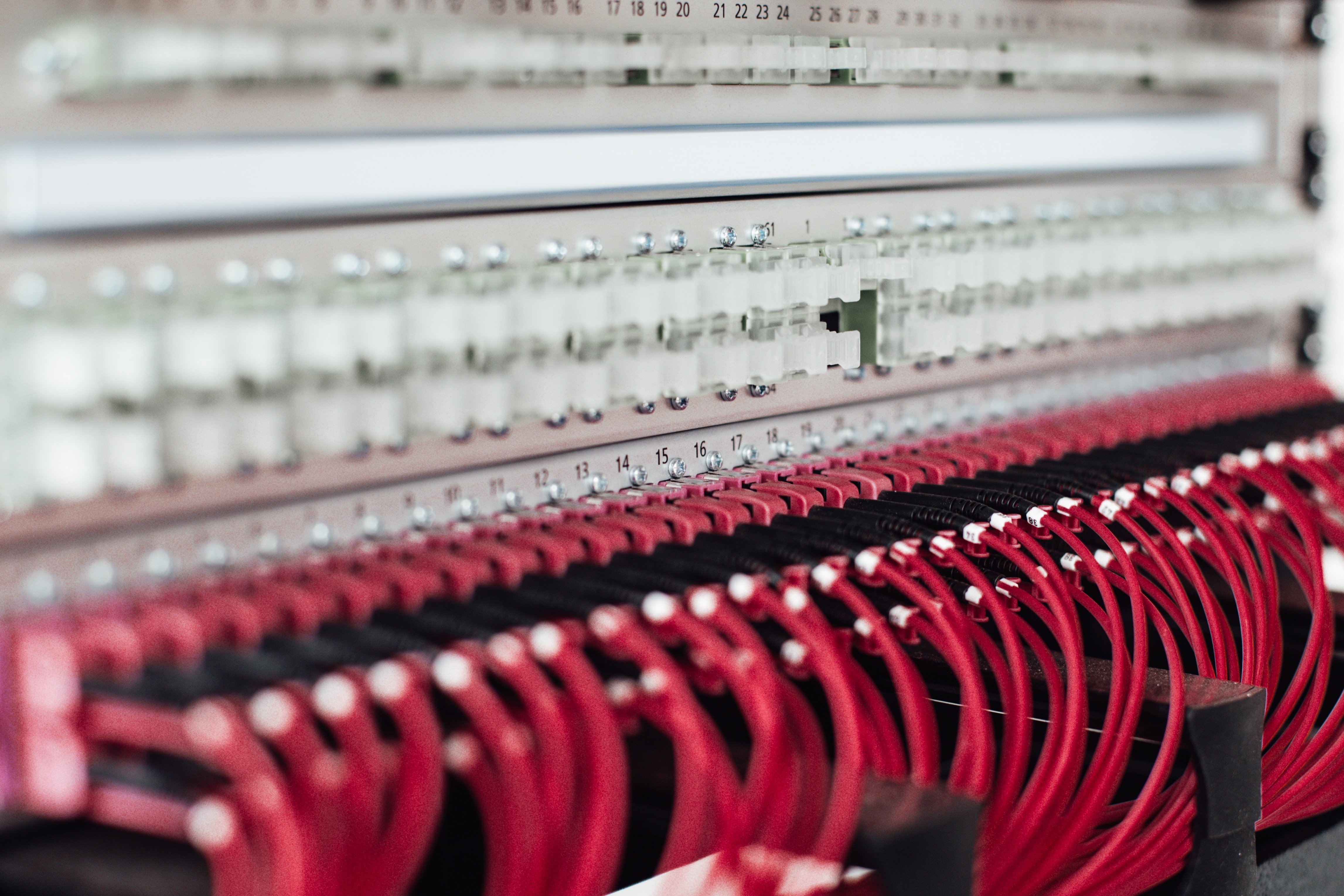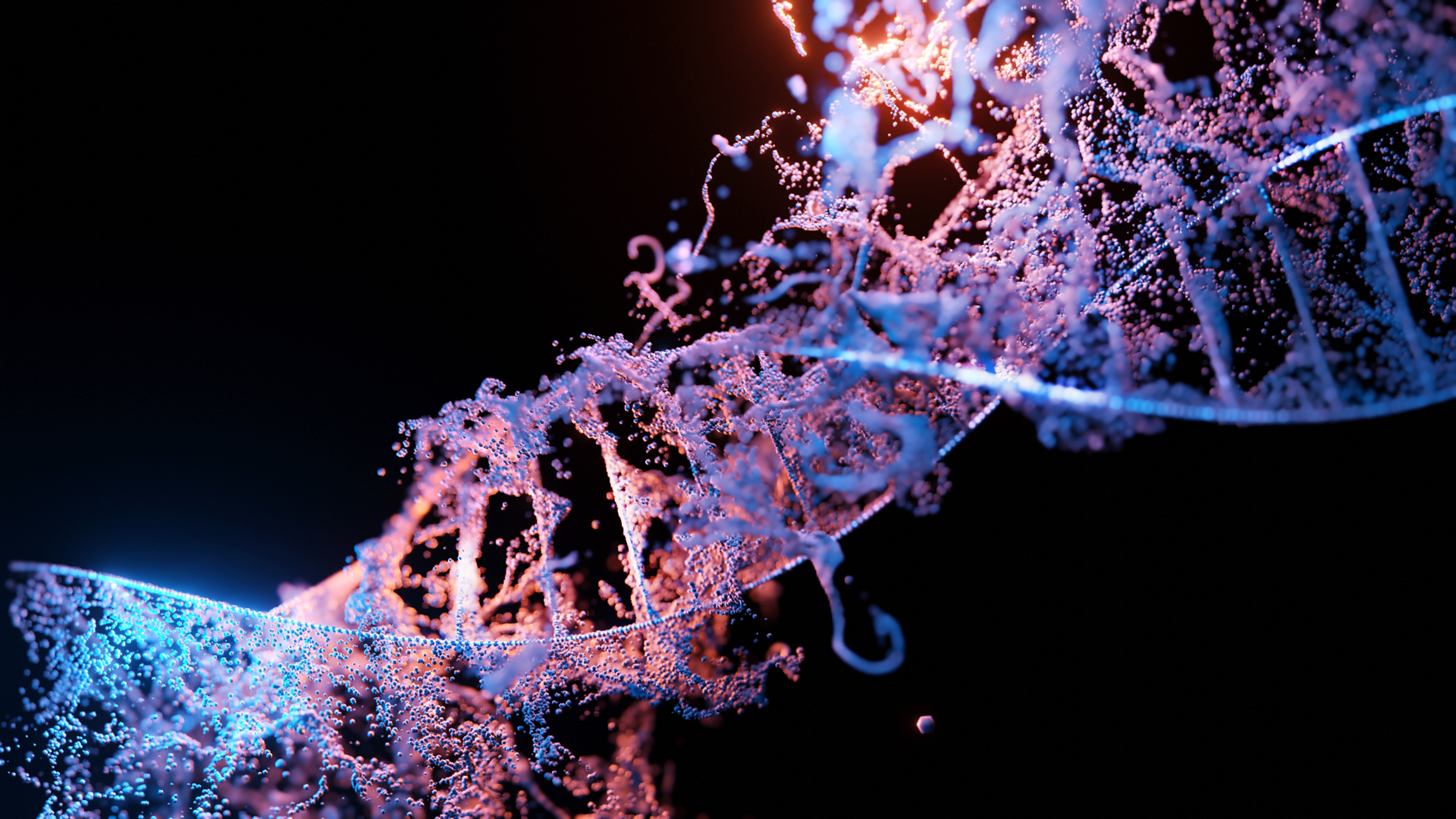DNA Data Storage: Unleashing the Power of Nature's Code
 Jack
JackTable of contents
- Fundamentals of DNA Data Storage
- DNA Synthesis and Encoding
- DNA Data Storage Process
- Retrieving and Reading DNA Data
- Applications and Benefits of DNA Data Storage
- Limitations and Future Challenges
- Comparative Analysis with Conventional Storage Technologies
- Current Initiatives and Research in DNA Data Storage
- Conclusion

In an era of rapidly increasing data generation, the need for advanced and efficient storage solutions has become paramount. While conventional methods, such as hard drives and magnetic tapes, have served us well, the exponential growth of digital information demands a revolutionary approach. Enter DNA data storage, an innovative technology that harnesses the remarkable storage potential of genetic material. This article delves into the fundamentals, process, applications, and limitations of DNA data storage, while also highlighting ongoing research and future prospects.
"DNA data storage represents a bold leap forward in the quest for efficient and long-lasting storage solutions, leveraging the inherent power of nature's code." - John Smith, Data Storage Expert
Fundamentals of DNA Data Storage
DNA, short for deoxyribonucleic acid, is the fundamental building block of life. Its unique properties have long fascinated scientists, and recent breakthroughs have demonstrated its immense potential for storing digital information. Unlike traditional storage mediums, DNA offers an unprecedented combination of density, durability, and longevity.
DNA Synthesis and Encoding
To encode digital data into DNA, a process called DNA synthesis is employed. In this process, the binary code consisting of zeros and ones is converted into sequences of nucleotides: adenine (A), cytosine (C), guanine (G), and thymine (T). These sequences are synthesized chemically and then stored in the form of DNA molecules.

DNA Data Storage Process
The process of DNA data storage involves several stages. First, the data is divided into small, manageable chunks. Each chunk is then converted into a DNA sequence using a predefined encoding scheme. Multiple copies of the DNA are synthesized to ensure redundancy and error correction. Once synthesized, the DNA is stored in a stable medium, such as a test tube or a solid substrate, which can withstand extreme conditions.
Retrieving and Reading DNA Data
To retrieve the stored data, the DNA molecules must be sequenced and decoded back into their original binary format. This is accomplished using high-throughput sequencing technologies, which can read the DNA sequences and convert them into digital data. The decoded data is then reconstructed to obtain the original files.
Applications and Benefits of DNA Data Storage
DNA data storage holds immense promise across various fields. Its exceptional storage density enables vast amounts of data to be stored in a minimal physical footprint. Additionally, DNA possesses remarkable longevity, potentially allowing data to be preserved for centuries or even millennia. This makes DNA data storage ideal for archival purposes, such as preserving cultural heritage, scientific research, and long-term data backup.
Furthermore, DNA data storage has the potential to revolutionize industries that produce massive amounts of data, such as genomics, big data analytics, and cloud computing. The compactness and durability of DNA storage systems offer significant advantages in terms of energy efficiency and long-term data integrity.
Limitations and Future Challenges
While DNA data storage exhibits tremendous potential, it is not without its limitations. Currently, the process of encoding and decoding data into DNA is time-consuming and expensive. Moreover, the technologies required for reading and writing DNA are still evolving, and improvements are needed to enhance their efficiency and accuracy.
Another challenge lies in the standardization of DNA data storage. Developing universally accepted encoding schemes, storage formats, and retrieval protocols is crucial for widespread adoption and compatibility across different systems.
Comparative Analysis with Conventional Storage Technologies
When compared to traditional storage technologies, DNA data storage offers unparalleled advantages. DNA's density surpasses that of even the most advanced hard drives, while its longevity outlasts traditional media that degrade over time. Additionally, DNA storage systems have the potential to consume significantly less energy and produce less waste, making them more environmentally sustainable.

Current Initiatives and Research in DNA Data Storage
DNA data storage has attracted significant attention from academia, industry, and research institutions worldwide. Several companies and organizations are actively exploring DNA data storage solutions, investing in research and development to overcome the current limitations and bring the technology to commercial viability.
Conclusion
DNA data storage represents a groundbreaking paradigm shift in the way we store and preserve digital information. Its exceptional storage density, longevity, and durability offer a glimpse into a future where vast amounts of data can be stored securely and efficiently. While challenges remain, ongoing research and innovation are rapidly advancing the field, paving the way for a new era of data storage powered by the remarkable code of life itself.
At Cling Multi Solutions, we use the latest technologies to deliver high-end products tailored to your specific needs. Whether you need custom app development, web design, ERPs, or digital marketing, our team of experts is committed to helping your business grow and succeed. Contact us at clingmultisolutions.org, +918264469132, or info@clingmultisolutions.org to learn more about how we can help you achieve your goals.
Subscribe to my newsletter
Read articles from Jack directly inside your inbox. Subscribe to the newsletter, and don't miss out.
Written by
